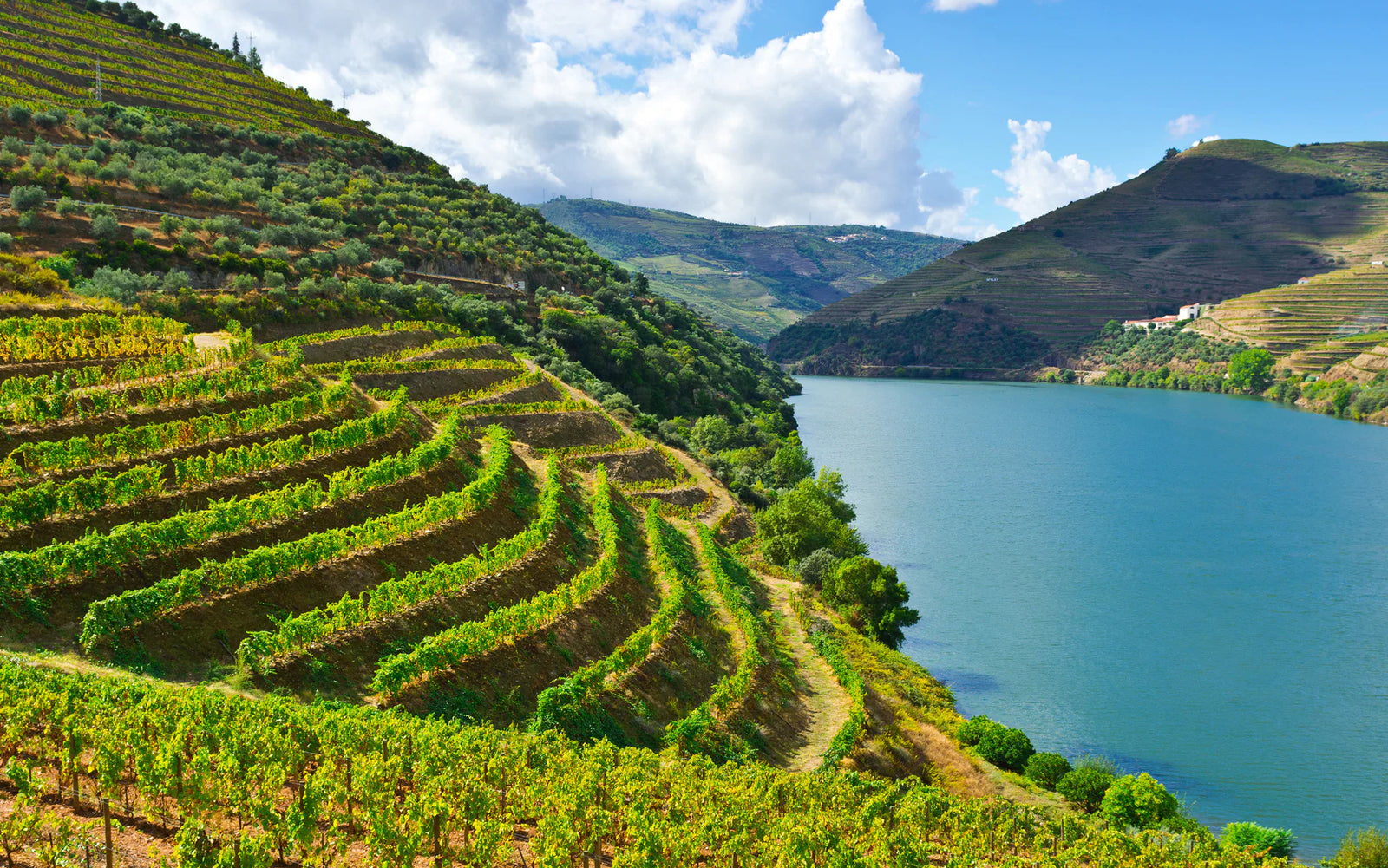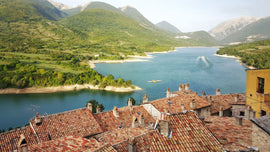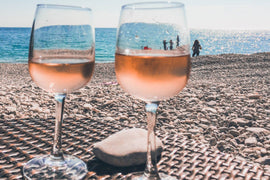Every April 25th in Portugal is Dia da Liberdade (Freedom Day), a national holiday commemorating the overthrow of the Estato Novo (New State) regime, after nearly half a century of increasingly moribund but still lethal rule. How moribund? Progenitor, avatar and all around sine qua non of Estato Novo, the dictator António de Oliveira Salazar was actually removed from power by his seconds in 1968, following a cerebral hemorrhage and resultant coma. When he awoke, inconveniently lucid, after a month, they decided to just… not tell him about the change, and Salazar remained in charge, in his own head, until his death in 1970.
The dictatorship itself limped on until 1974, when a military coup unexpectedly engendered a mass popular civil resistance campaign dubbed the Carnation Revolution, for the protesters tactic of placing carnations in the gun barrel and on the lapels of soldiers they encountered. Exactly a year after the toppling of Estato Novo, on April 25th 1975, Portugal held its first free election to draft the constitution that is still in effect today.
Portugal’s emergence from decades of dictatorship marked the start of a remarkable national efflorescence that has now lasted as long the ossified period that preceded it - and has likewise profoundly influenced almost every facet of society - from literature to tourism to cuisine to, of course, wine. April is Carnation celebration season in other words, the ideal time to spotlight this one particular corner of a world we too often forget is still in bloom.
Wine-wise, Portugal is most famous for Port of course, the venerable fortified wine made in the Douro Valley, established as an official wine region in 1756, making it the third oldest in the world, after Chianti (1716) and Tokaj (1730.) One of the most famous names in the area is Niepoort, founded by Dutch transplant Francis Franciscus Marius van der Niepoort in 1842 in Porto, and today one of only three remaining family owned port houses in the world. Dirk Niepoort, born in 1964 and currently at the helm, represents the first generation of the family to have come of age in democratic Portugal, and he he has used his relative freedom to become one of the most visionary winemakers in the country, expanding the family name and business into the world of dry wines. In the late 1980s, Dirk convinced his father to let him purchase Quinta de Nápoles, one of the oldest wineries in the region, and Quinta do Carril with their 60-year-old vineyards. He also began a lifelong quest to purchase old-vine vineyards with the express purpose of making unfortified wines – a move that was considered practically revolutionary at the time. In 1991 he released his first Douro dry wine, Redoma Tinto. Our white wine this month is Redoma Branco, organically made from old vines on the right bank of the Douro River.
Our red selection comes from ones of the oldest wineries in Portugal, located in Evora, a sub-region of Alentejo, in the south-central part of the country. There have vineyards on Adega Cartuxa (Cartuxa Winery)’s land since 1517, when the Jesuits founded Portugal's 2nd oldest university. Next door, the Carthusians he built their namesake Cartuxa Monastery between 1587 and 1598. After both were expelled from the country, the Portuguese government took over the sites and they fell into disuse until 1871, when they were rescued from ruin by the Eugénio de Almeida clan, a prominent Portuguese family. In addition to revitalizing and expanding the vineyard holdings, Vasco Maria Eugénio de Almeida (1913-1975) founded the Fundação Eugénio de Almeida, a charitable foundation responsible for developing many important social and cultural organizations across the region including Évora University, hospitals, social housing and numerous welfare institutions. The wines themselves remain legendary in Portugal, and the Cartuxa Colheita Tinto, a blend of three indigenous reds, is one full-bodied, lush, well-articulated reason why.
|
Cartuxa Red Alentejo DOC |
|
|
Region / Country of Origin: DOC Alentejo, Evora, Portugal |
About the winemaker: The history of the Adega Cartuxa was written by the hand of Vasco Maria Eugenionde Almeida, one of the greatest patrons and philanthropists of the 20th century in Portugal, who invested in the diversification of agricultural production, revitalizing the winegrowing activity promoted by his grandfather, Carlos Maria. About the winemaking: Cartuxa is a blend of Aragonez, Trincadeira, Alicante Bouschet, and Castelào, planted in the Eugénio de Almeida Foundation vineyards. When the grapes are judged to be perfectly matured, they are carefully picked and brought into the winery for de-stemming, gentle crushing, and fermentation in temperature controlled steel vats. There follows an extended maceration period followed by maturation in vats and barrels for 12 months. The wine is aged in bottle for an additional 12 months prior to release. Tasting Notes: “Bold and juicy, the wine is ripe and rich. Its spice and tannins have integrated well with the black plum fruits and plum skin texture.” 90 Points Wine Enthusiast |
|
Winemaker: Pedro Baptista |
|
|
$28 bottle /$302.40 case |
|
|
Suggested Food Pairing: Asian and Indian dishes, Lighter, less oily fish like swordfish, sharks, or tuna, Oxtail stew, vegetarian dishes with grilled vegetables. |
|
|
Niepoort Redoma Branco |
|
|
Region / Country of Origin: Douro, Portugal |
About the winemaking: The grapes used for the Redoma Branco originate from old vines growing on the right bank of the Douro River, at an altitude of between 400 and 600 meters. Here, the predominant grape varieties are Rabigato, Códega do Larinho, Viosinho, Donzelinho and Gouveio. The mica schist soils in which these vines thrive lend the resulting wines plenty of minerality, elegance and vibrant freshness. Acidity levels, low alcohol as well as beautifully firm skin on the berries made for well-balanced red and white After being meticulously sorted the fruit was gently pressed and left to settle for about 24 hours. Alcoholic fermentation took place spontaneously, in 228L and 500L French oak barrels, where the wine also aged for 8 months. Tasting Notes: Fresh and delicate on the nose, this wine’s complexity and character is supported by a subtle fruity profile with notes of citrus and pineapple, floral nuances as well as herbaceous and nutty hints.The palate shows good structure and excellent acidity, following through to a dry and piquant finish. This Douro white delights with its fantastic balance and aging potential. |
|
Winemaker: Dirk & Daniel Niepoort |
|
|
$25 bottle / $259.20 case |
|
|
Suggested Food Pairing: Oysters, oven-baked fish, poultry and other white meats. Dishes based on root vegetables (turnips, sweet potato, beetroot), Caesar salad, cheese. |
|





